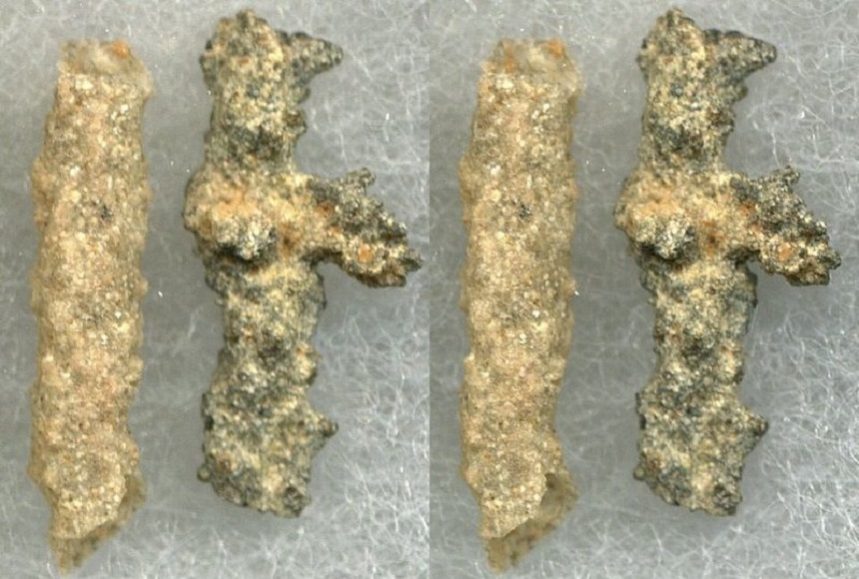Scientists Say: Fulgurite
These glassy deposits are formed when lightning hits sand or rock

These are fulgurites, tiny glassy deposits formed when lightning hits the right piece of ground.
John Alan Elson/Wikimedia Commons
These glassy deposits are formed when lightning hits sand or rock

These are fulgurites, tiny glassy deposits formed when lightning hits the right piece of ground.
John Alan Elson/Wikimedia Commons